
Black discoloration of the skin? Here's what you need to know
Skin discolouration can be distressing, mainly on visible areas like the face. Dark or black patches, spots, or uneven tones can make people self-conscious. However, there are many possible causes of skin discolouration, some harmless and others that may require medical care. Those with black skin discolouration can find solutions by understanding the common causes and available treatments.
What does black discolourations of skin mean?
The Black discolouration of skin refers to dark brown, greyish, or black patches or spots that appear on the skin. This pigmentation can occur in isolated areas or affect large regions. The discolouration happens when there is excess production of melanin, the pigment that gives skin its natural colour. Melanin protects skin from sun damage, so increased melanin often stems from inflammation or exposure to ultraviolet light.
There are numerous possible causes of black skin discolourations:
-
Sun exposure:
Extended time in the sunlight, especially unprotected, often causes darker pigmentation as melanin production ramps up. This can lead to tiny freckles, more prominent sun spots called solar lentigos, or very dark patches known as melasma.
-
Inflammation:
Skin conditions like acne and eczema involve redness and inflammation. The excess melanin can leave behind black or brown marks as they heal.
-
Injuries:
Skin trauma from burns, accidents, surgery, or other wounds can trigger extra melanin once the skin repairs itself. This defensive reaction tries to protect the sensitive new skin but causes visible discolouration.
-
Hormones:
Fluctuating hormones in pregnancy, with birth control pills, or during andropause can spur melanin overproduction and dark skin patches.
-
Medical conditions:
Diseases like diabetes and autoimmune disorders like lupus are associated with skin pigmentation changes. Insufficient vitamin D and thyroid disorders can also play a role.
What does black discolouration on the face look like?
The Black discolouration of skin on face occurs in distinct patterns. Small dark dots or spots usually stem from acne scarring or sun exposure. Larger irregular dark patches on the cheeks, lips, forehead and other areas most likely result from melasma or hormonal causes like pregnancy or birth control.
Some characteristics of black discolouration of face patterns:
- Freckles - Multiple tiny dark dots often on areas like cheeks and nose
- Age/sun spots - Rough circles less than an inch wide on exposed skin
- Melasma - Large irregular greyish-brown patches on the upper lip and forehead
- Scarring - Fixed black/brown marks remaining from injury spots
- Vitiligo - Loss of pigment in random white patches around darker skin
- Tinea versicolor - Light and dark patches from fungal infection in moist areas
The location, size, shape and texture provide clues to the underlying cause. Keeping track of changes over time also aids in diagnosis. Consulting a dermatologist helps identify the exact reason for new or progressive facial pigmentation issues.
What causes black discolouration?
There are several potential causes and contributing factors leading to black skin discolouration. Learn what causes black skin discolouration in this section.
- Sun exposure: UVA and UVB rays naturally increase melanin. Too much melanin causes uneven pigmentation, especially on the face, shoulders, and hands.
- Hormonal changes: Fluctuating hormones during pregnancy, menopause, and other events activate melanin production. Contraceptives and hormone therapy also can spark melasma.
- Skin injuries: Cuts, burns, surgeries, and cell damage activate melanocyte cells, which distribute the pigment. This protective response helps skin heal but often makes it look discoloured.
- Medical conditions: Diseases such as diabetes, vitamin deficiencies, thyroid disorders, and others affect melanin formation. Organ failure can also stress skin function, leading to changes in pigmentation.
- Genetics: Research links gene mutations regulating melanin with hyperpigmentation disorders. These hereditary conditions cause black spots and patches.
- Medications: Photosensitising medicines make the skin light-sensitive, promoting sun damage and related skin darkness. Other medicines, as a side effect, directly increase melanin.
- Inflammation: Common skin conditions like acne, eczema, and psoriasis cause inflammation as part of the body’s healing reactions. Lingering dark marks are often left behind.
- Ageing: As skin ages, it accumulates sun exposure over time. This activates melanin production and darker areas due to years of gradual damage.
Also read: Ageing skin: Signs, treatment, prevention
If black spots appear suddenly, spread rapidly, or accompany other symptoms, promptly consulting a medical expert can help identify causes needing treatment. Catching pigmentation conditions early makes them easier to manage.
Best skin discolouration on face treatments
There are many ways to improve the appearance of skin discolouration on the face. Check out some of the effective skin discolouration on face treatment
- Over-the-counter creams: Lightening agents like hydroquinone, kojic acid, vitamin C and niacinamide fade spots over months of daily application.
- Professional peels: In-office chemical exfoliation peels with glycolic or retinoid acids rapidly improve skin tone and reduce dark patches.
- Retinoid creams: Topical vitamin A treatments renew the epidermis, stopping the spread of discolouration by increasing skin cell turnover every 28 days. Products like Dark Spot & Hyperpigmentation Correcting Power Serum can be particularly effective.
- Microneedling: Rolling tiny needles over the skin prompts collagen renewal and brightens the facial complexion.
- Laser resurfacing: Concentrated light energy removes the uppermost darkened skin layers, revealing fresh, evenly healed skin.
- Cryotherapy: Controlled freezing of age spots destroys extra pigment by crystallising melanin, wiping away dark skin cells.
- Vitamin supplements: Oral vitamins with antioxidants like C, B, and tocopherols combat free radical skin damage and protect skin tone.
- Sun protection: Consistent use of broad-spectrum sunscreen and hats reduces UV exposure, which prevents pigment overproduction. Consider using Mineral Matte Tinted Sunscreen for added coverage.
More significant dark patches and hyperpigmentation issues often require prescription-strength formulas or in-office treatments to improve. Yet combining different tactics also helps the complexion. Consult a board-certified dermatologist to develop the right plan for your situation. A brighter, more even skin tone is achievable with time and consistency.
Also read: Suncare: 6 Ways to Protect your Skin from Sun Damage
Conclusion
Black skin discolouration has many causes, from sun damage and scarring to medical conditions. Melanin overproduction leads to dark brown, grey or black spots and patches that can affect facial appearance. Fortunately, OTC lotions, professional skin treatments and lifestyle changes provide solutions to improve uneven pigmentation for clearer skin. Work with a dermatologist to choose the safest, most effective regimen based on your needs. Consistent care lightens stubborn dark marks, revives radiance and helps create a beautifully bright and glowing complexion over time.

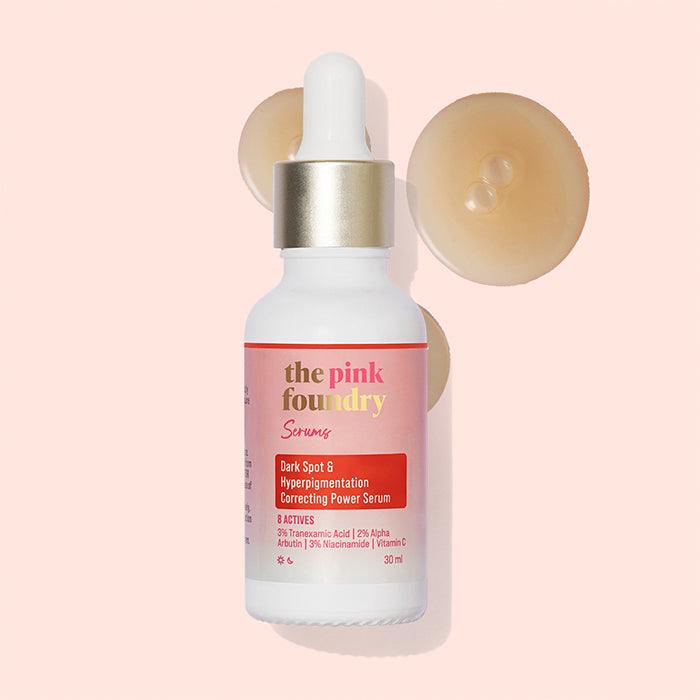
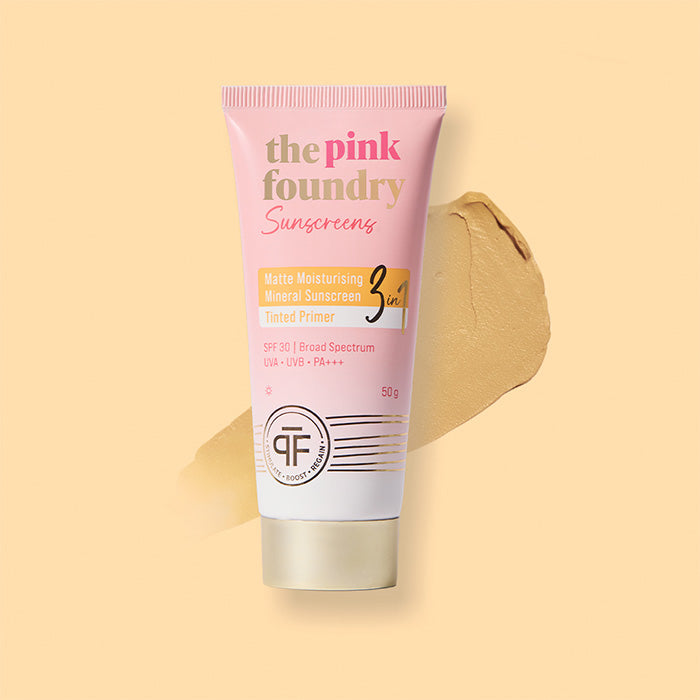



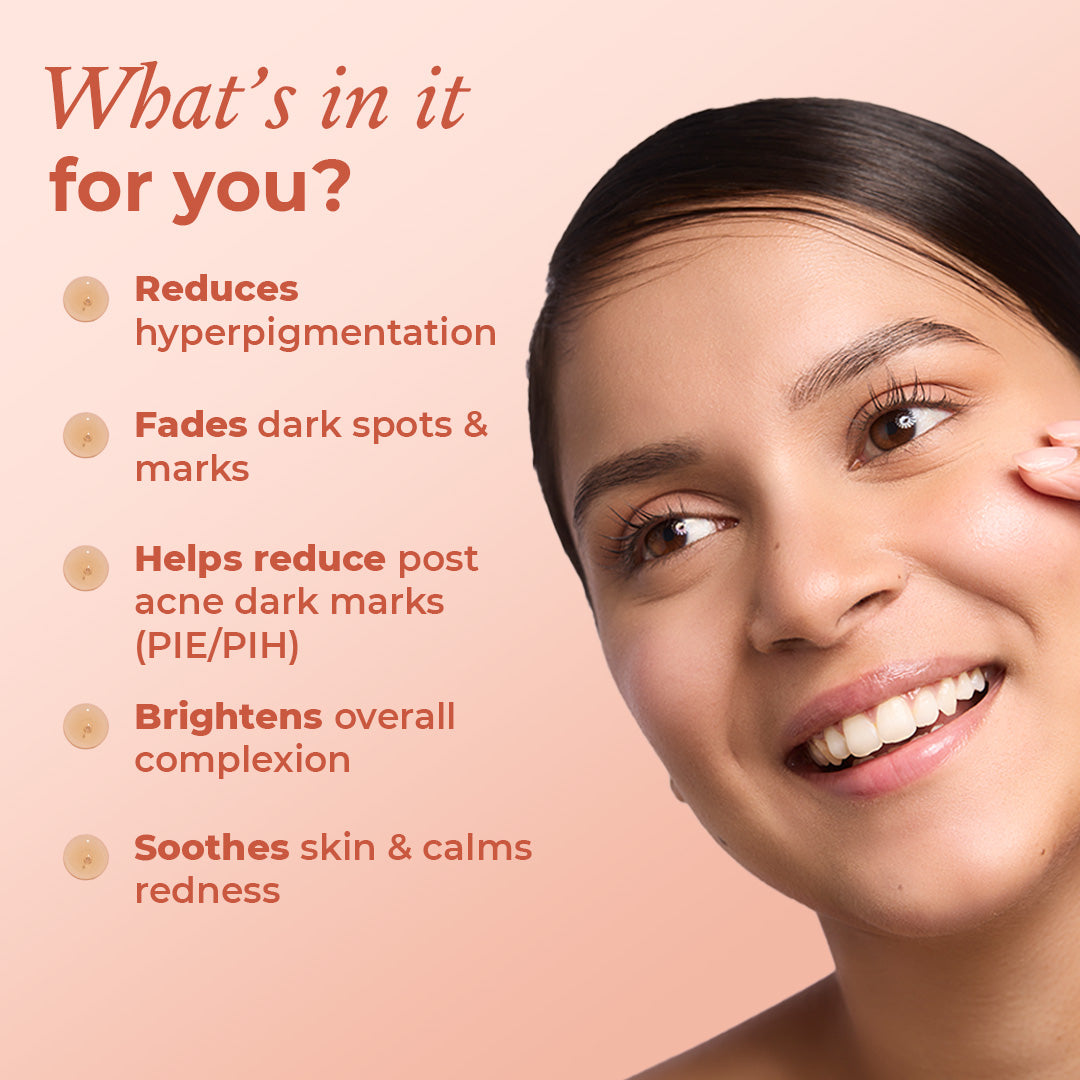

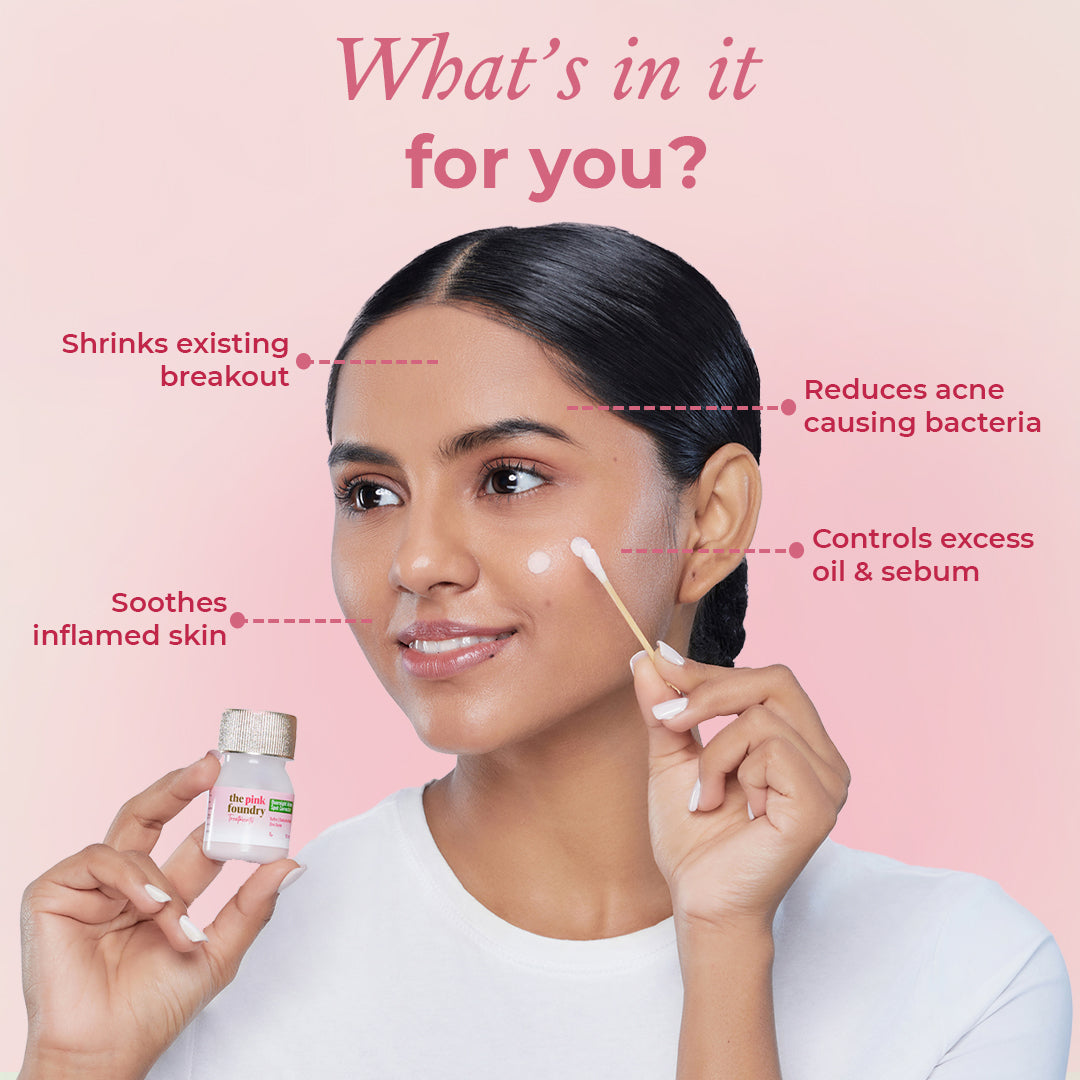

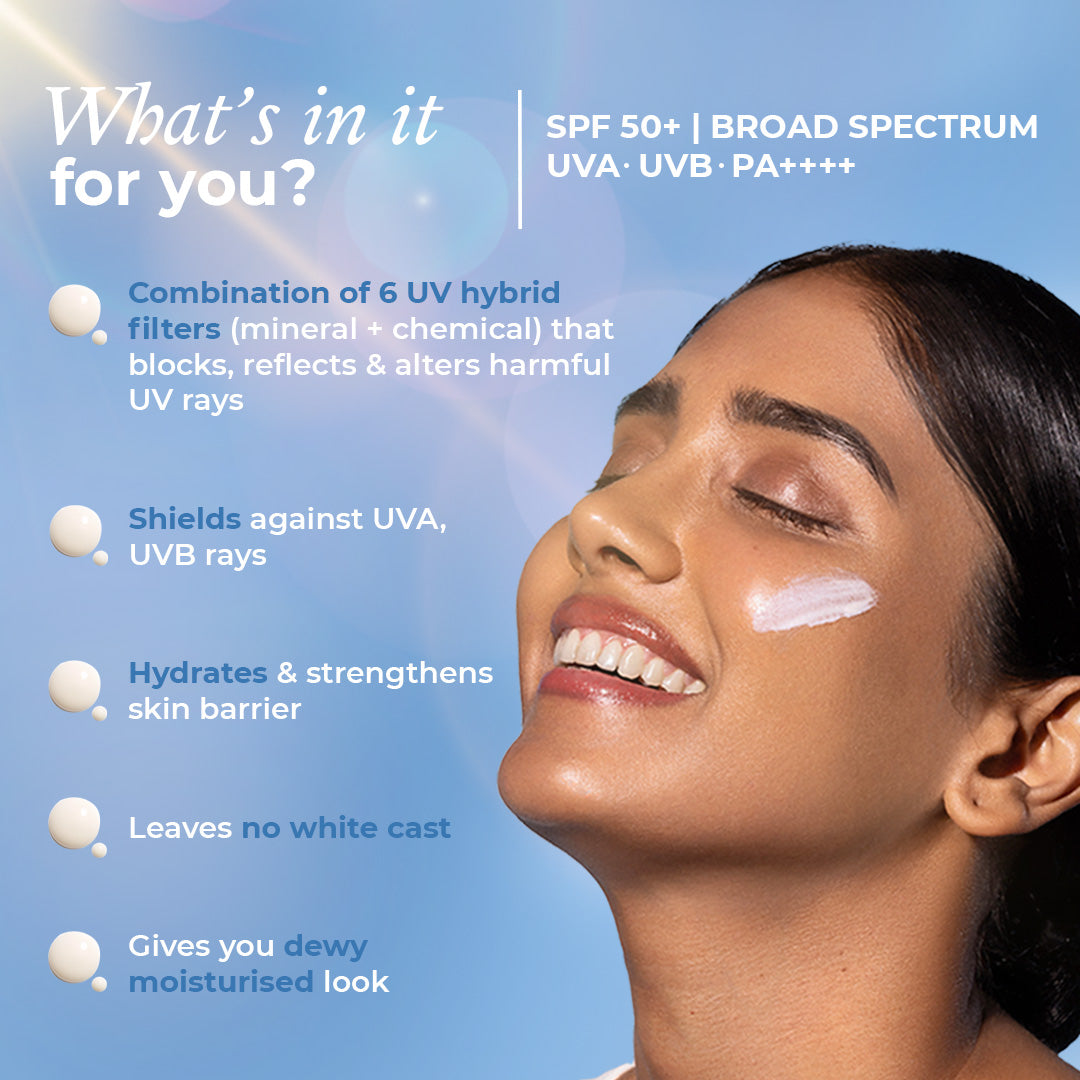
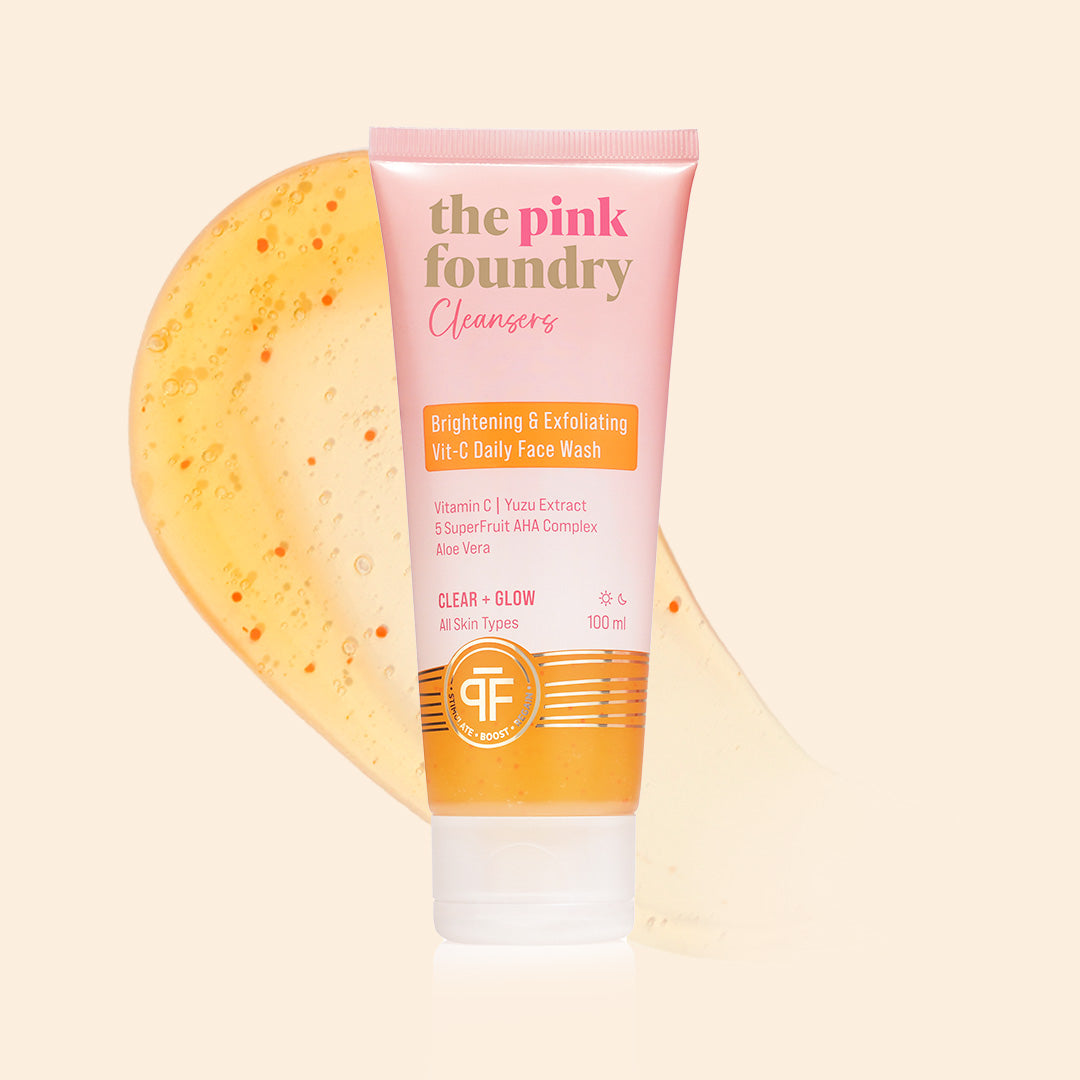
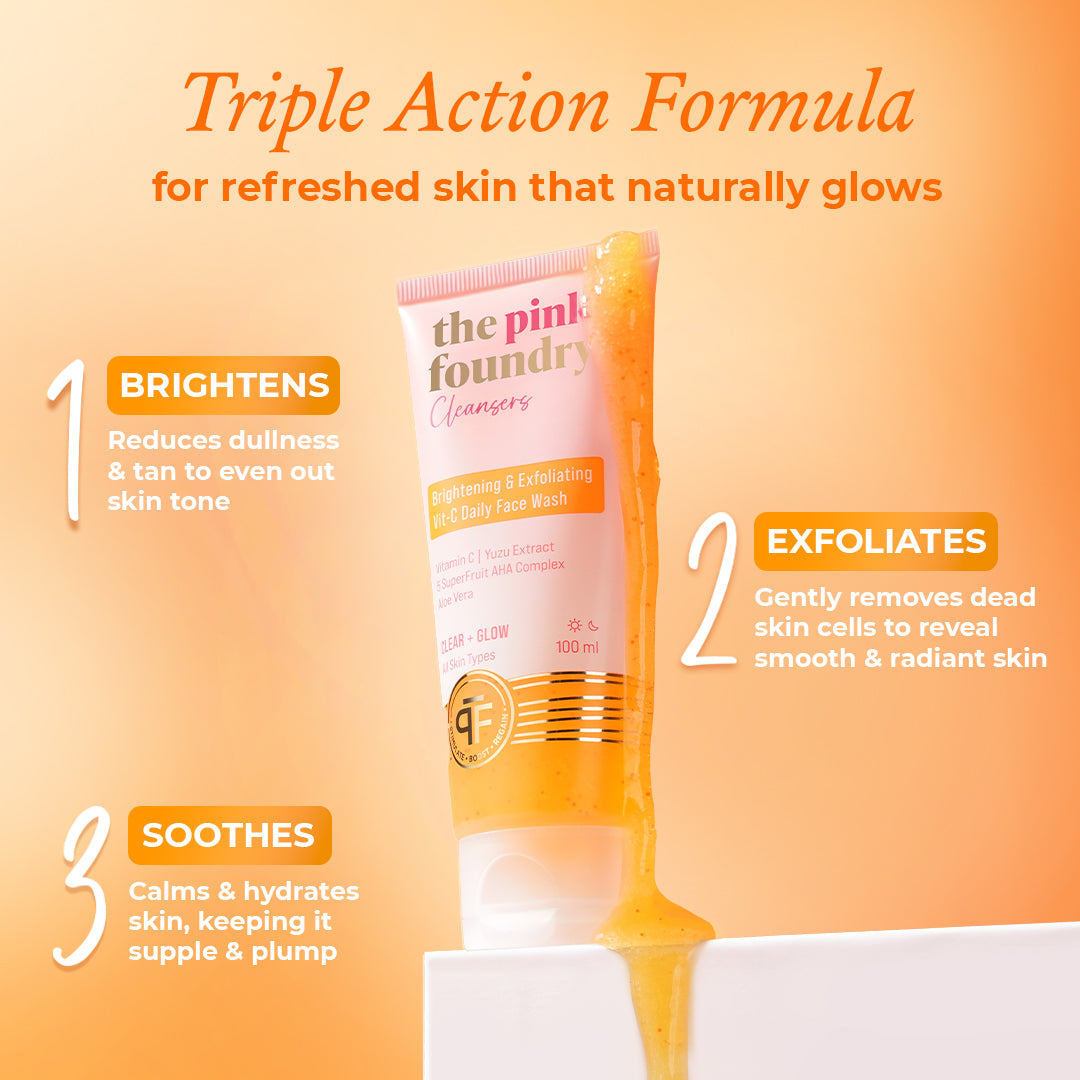
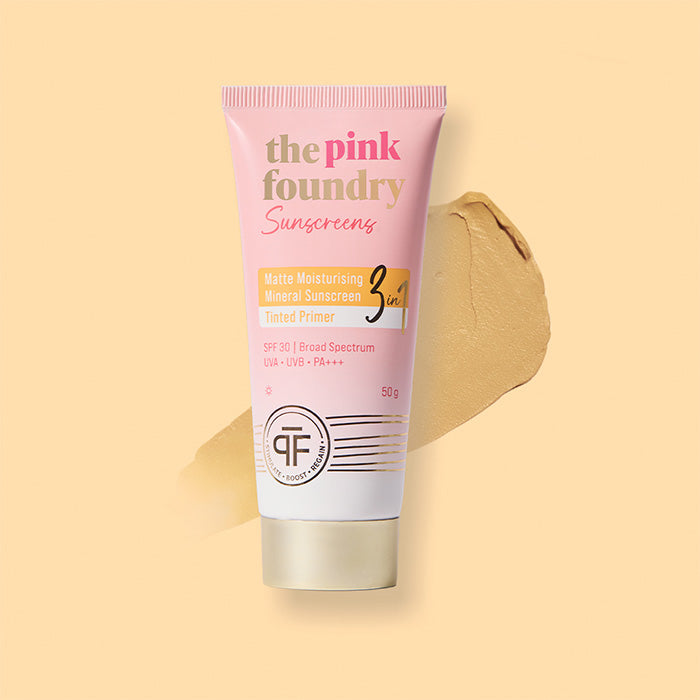
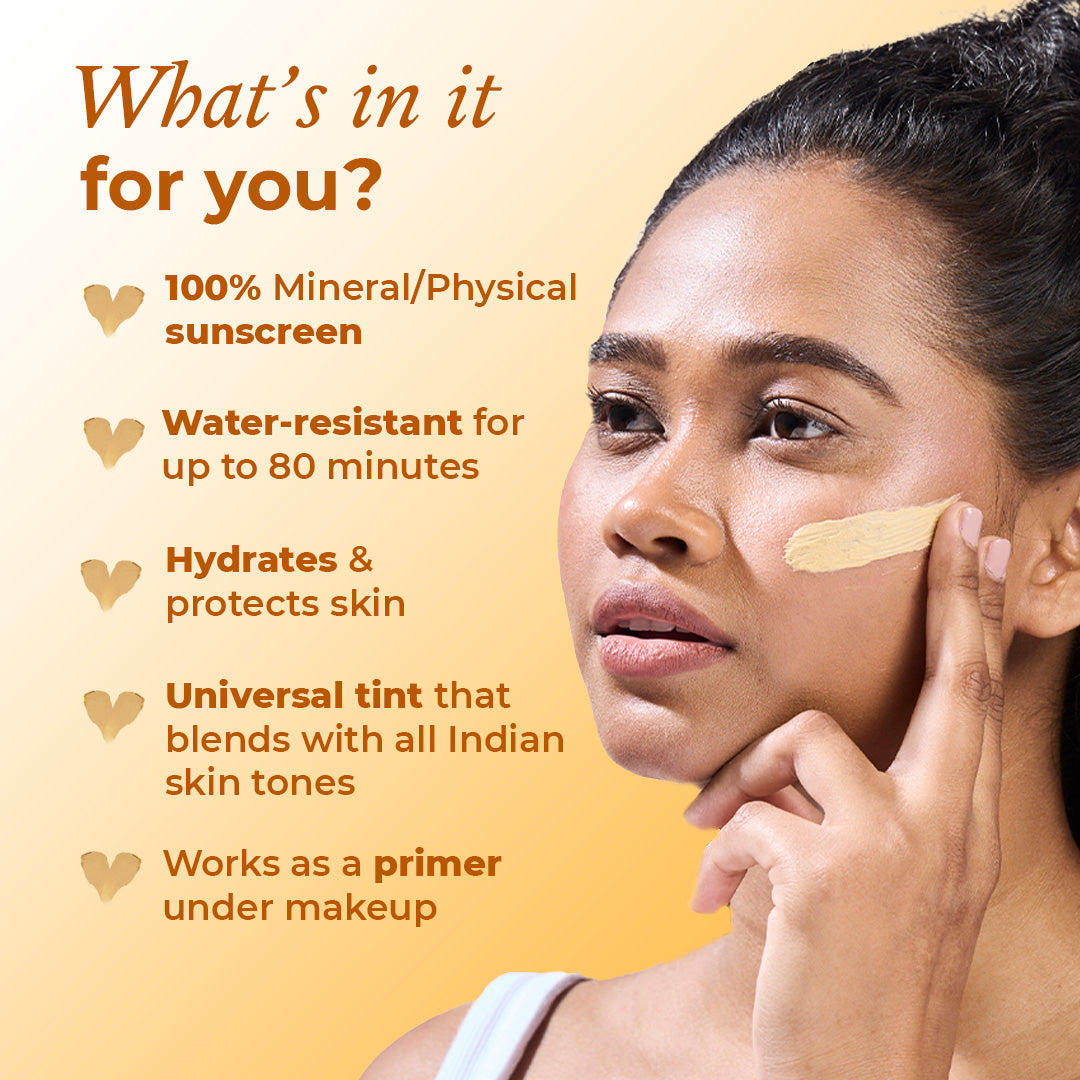
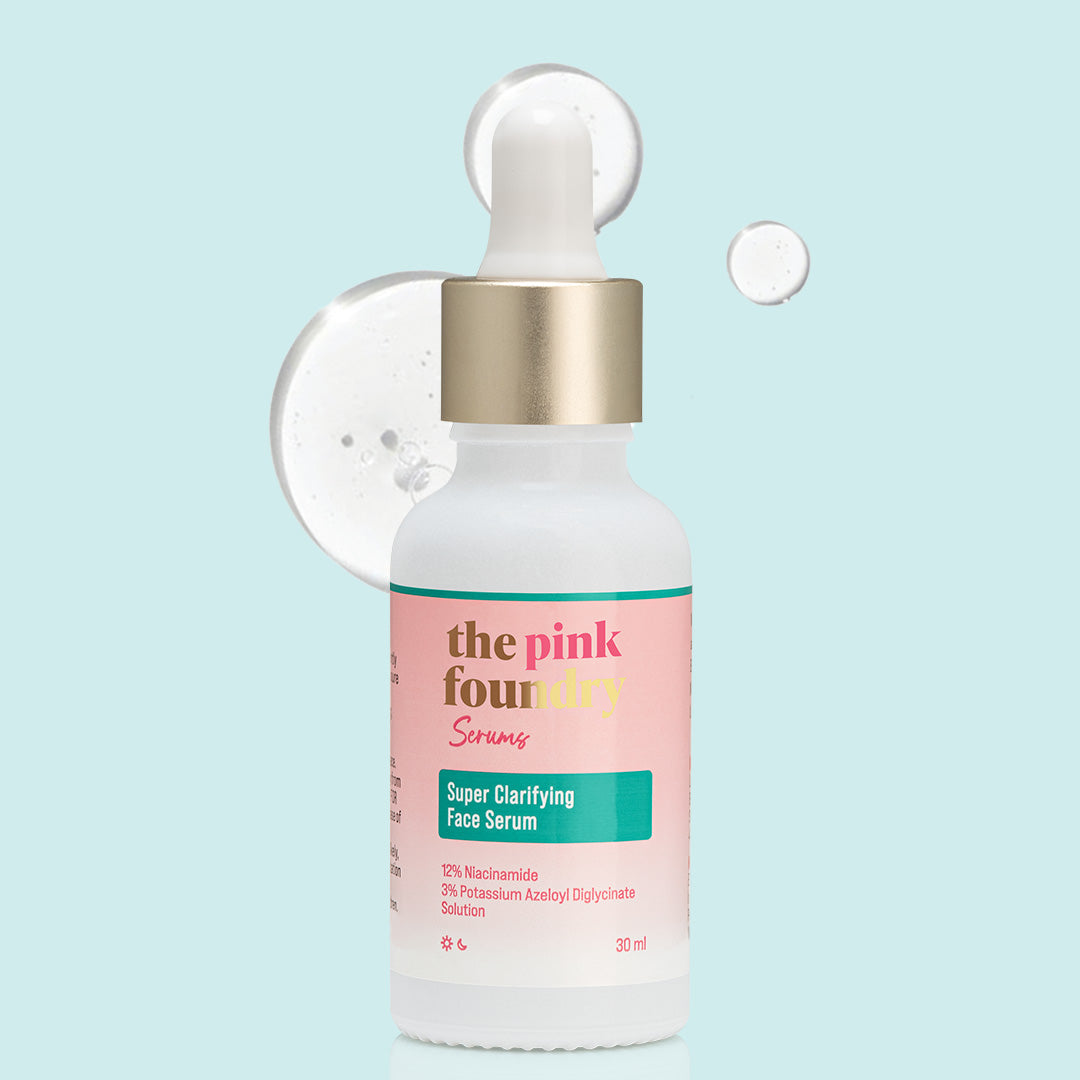
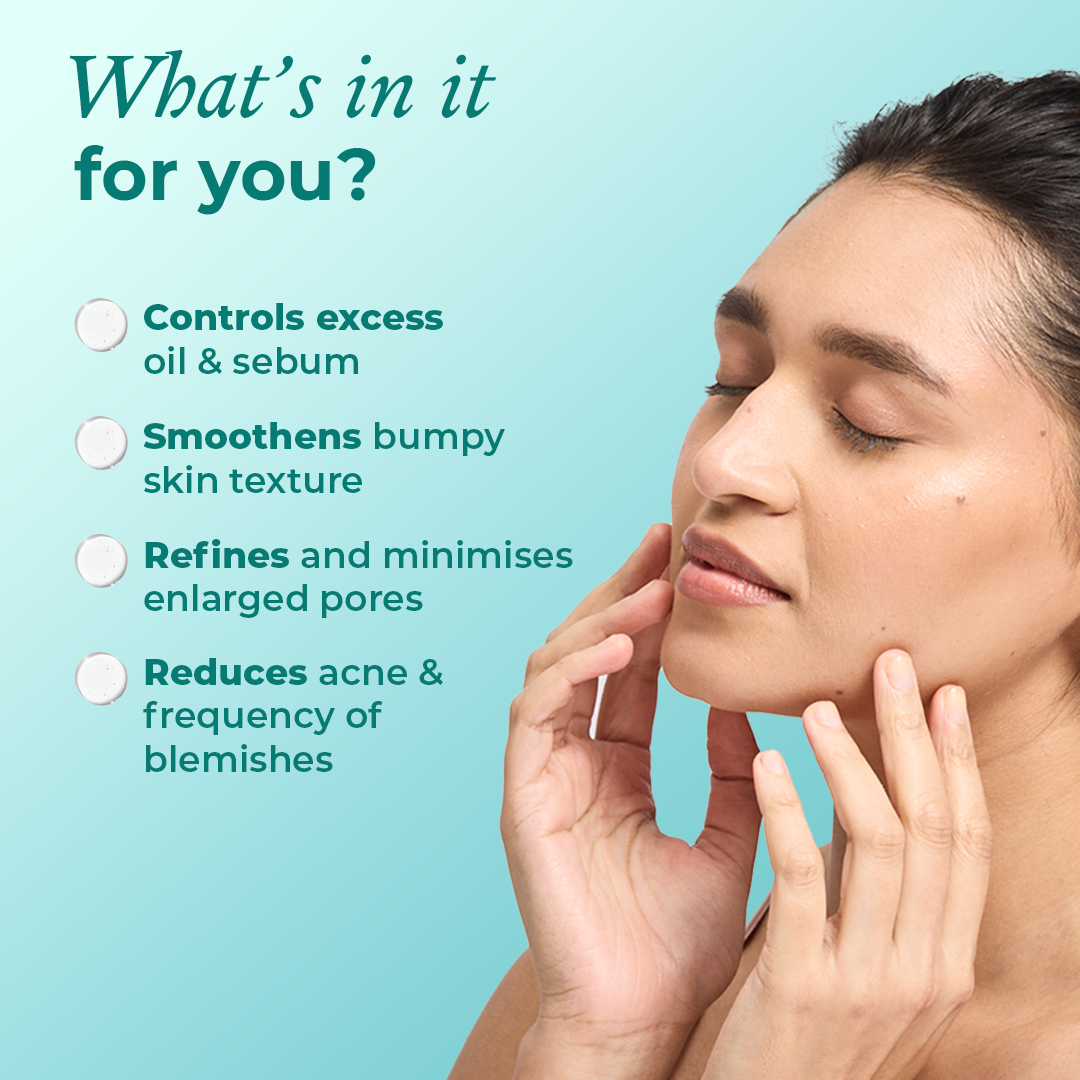

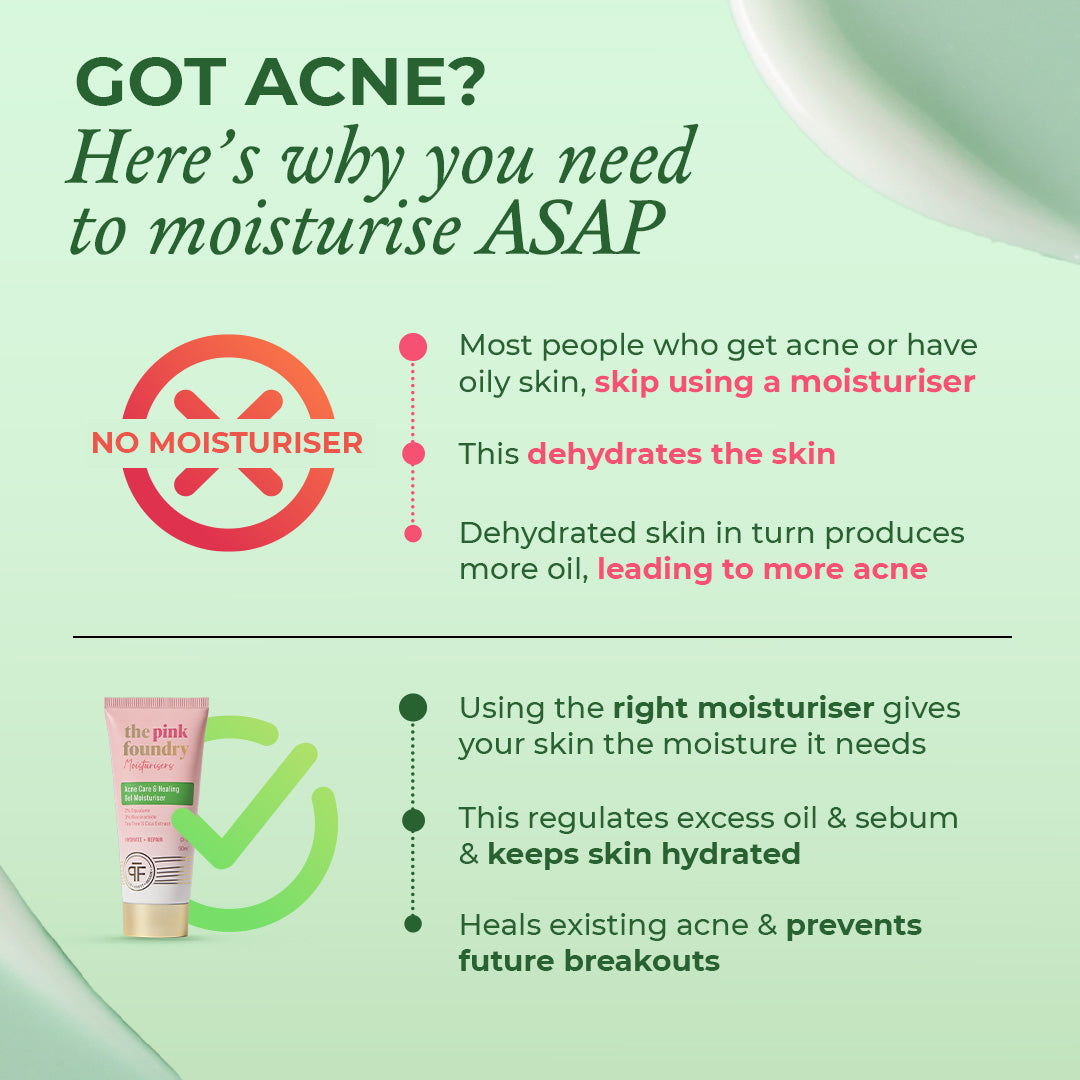

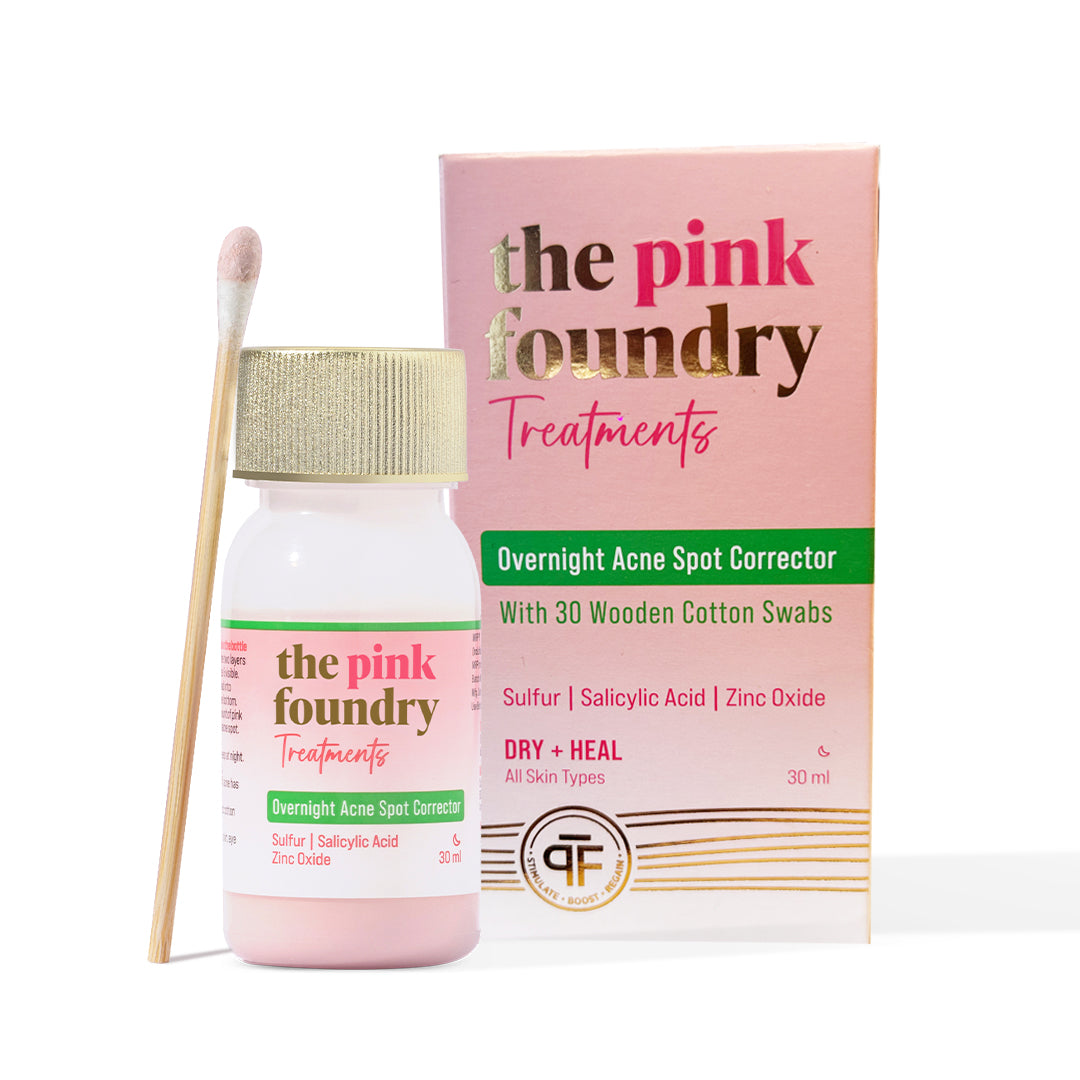
Leave a comment
This site is protected by hCaptcha and the hCaptcha Privacy Policy and Terms of Service apply.